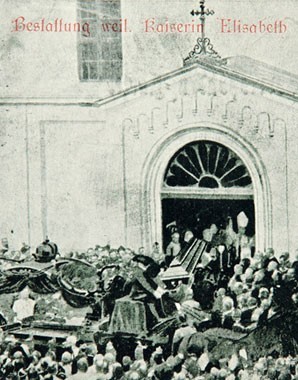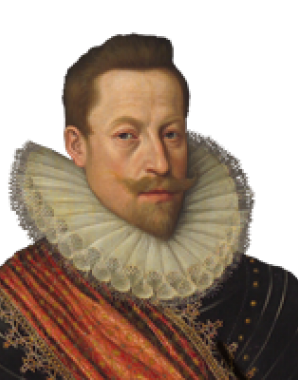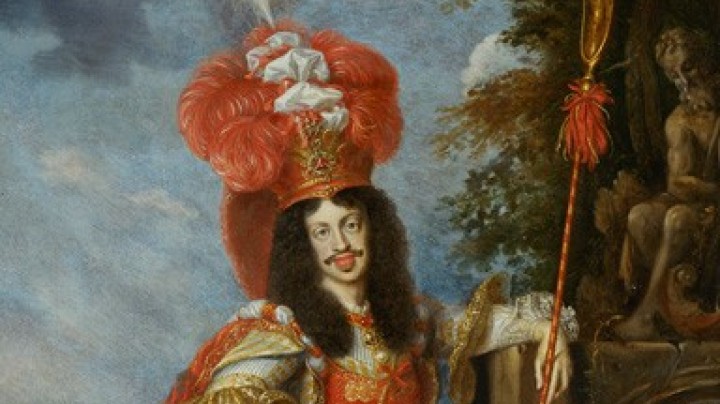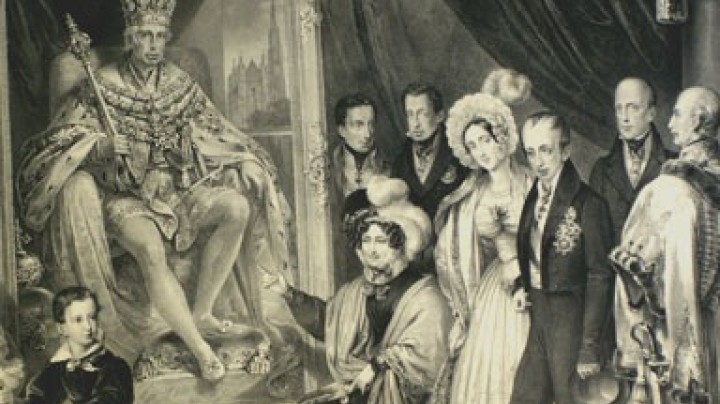The Kapuzinergruft – last residence of the Habsburgs
However much Vienna's imperial past may be tangible throughout the entire city, it is only in the Imperial Crypt (Kaisergruft) that one truly gets up close to the Habsburgs.
The Kapuzinergruft (or Kaisergruft, the Imperial Crypt) on the Neuer Markt near the Hofburg has been the family burial place of the Habsburgs since 1617. Originally, Empress Anna specified its construction in her will only for herself and her husband Emperor Matthias, following the return of the imperial family from Prague to Vienna. But the burial place was constantly extended over the subsequent centuries and today serves as place of rest for 149 people, including no fewer than twelve emperors and nineteen empresses and queens. In order also to involve St Stephen’s Cathedral and the parish church of the court, St Augustine’s (Hofpfarrkirche St. Augustin), in the ceremonies, following their death many Habsburgs were subjected to a strange ritual; only their bodies were interred in the Capuchin Church (Kapuzinerkirche) while their entrails were kept in the Ducal Crypt (Herzogsgruft) in St Stephen’s Cathedral and their hearts in the Loretto Chapel (Loreto-Kapelle) in St Augustine’s Church. This tradition of separating the body, heart and entrails was continued from the death of Ferdinand IV in 1654 until the death of Archduke Franz Karl in 1878.
In the Kapuzinergruft, the bodies of the Habsburgs are laid to rest in wooden coffins, lined with black velvet and gold fabric for the men, and with red velvet and silver fabric for the women. These wooden coffins are in turn embedded in grandiose sarcophagi. It is interesting to note the changing design of the coffins over the centuries; the initial simple Christian symbolism of the sarcophagi was replaced in the late seventeenth century by an increasingly grandiose design using secular emblems of power. This development came to its climax in the splendid double sarcophagus of Maria Theresa and Franz Stephan. In sharp contrast, the plain, unadorned sarcophagus of Joseph II shows just how times were changing. The sarcophagi of the nineteenth and twentieth centuries are however characterized by a simple monumentality.
To this day, the Kapuzinergruft is looked after by Capuchin friars. As the ornate sarcophagi are liable to damage from humidity, temperature fluctuations and not least the volume of visitors, restoration work is regularly needed and was carried out for the first time in the middle of the nineteenth century. Since 1956, the ‘Gesellschaft zur Rettung der Kapuzinergruft’ (‘Association for Saving the Kapuzinergruft’) has dedicated itself to reporting on the problems and raising funds for the complex restoration work.
The Habsburg-Lorraine family still decides who can be buried in the Capuchin crypt. The last burial that was noticed by a larger public was in July 2011, when Otto Habsburg-Lothringen (1912-2011) found his final resting place in the Capuchin crypt. The actual last burial took place on October 7, 2023, when Princess Yolande de Ligne (1923-2023), wife of Karl Ludwig Habsburg-Lothringen (1918-2007), a younger brother of Otto Habsburg-Lothringen, was buried. Since the space reserves have now been exhausted, no further burial is planned in the Capuchin crypt.


















